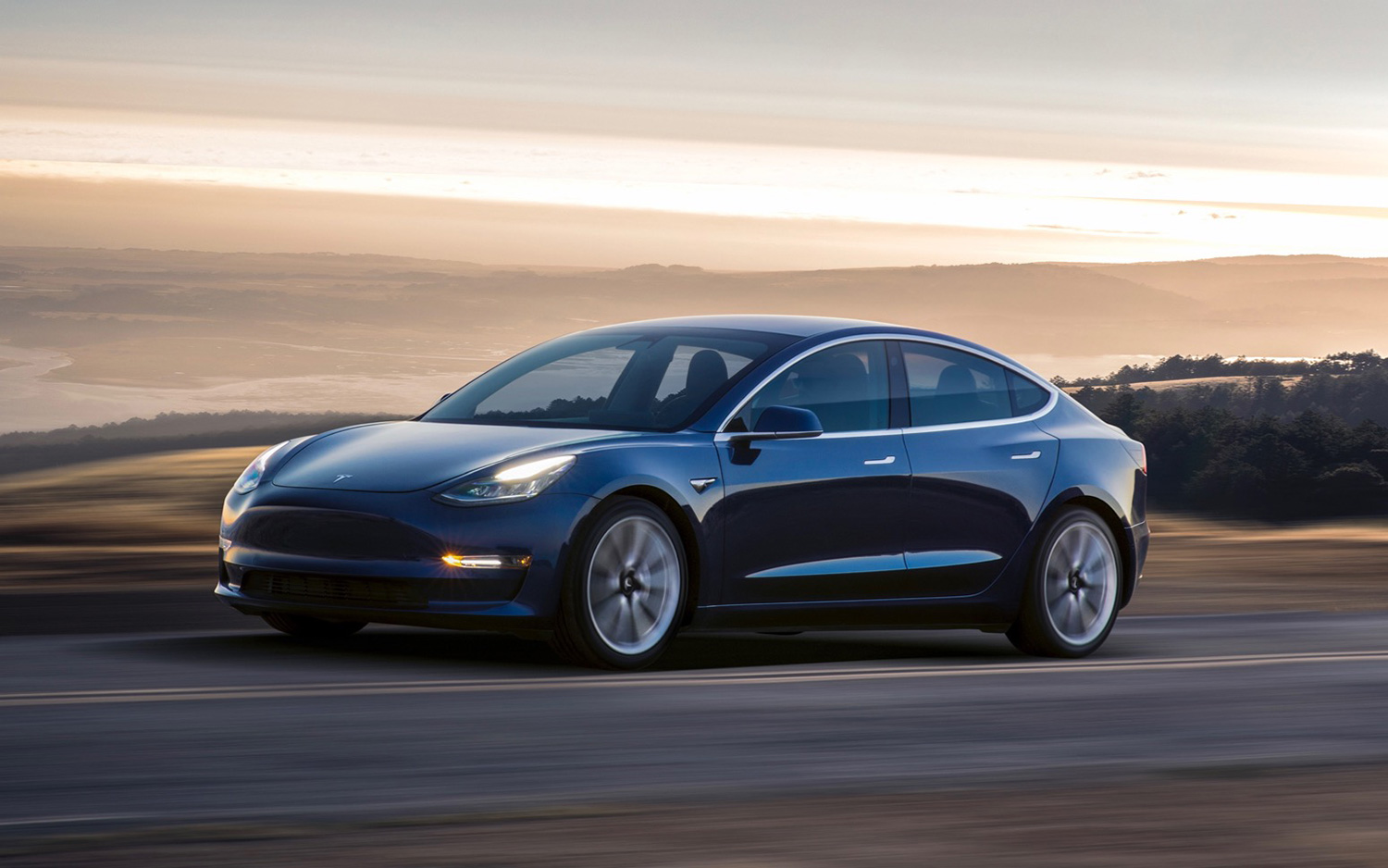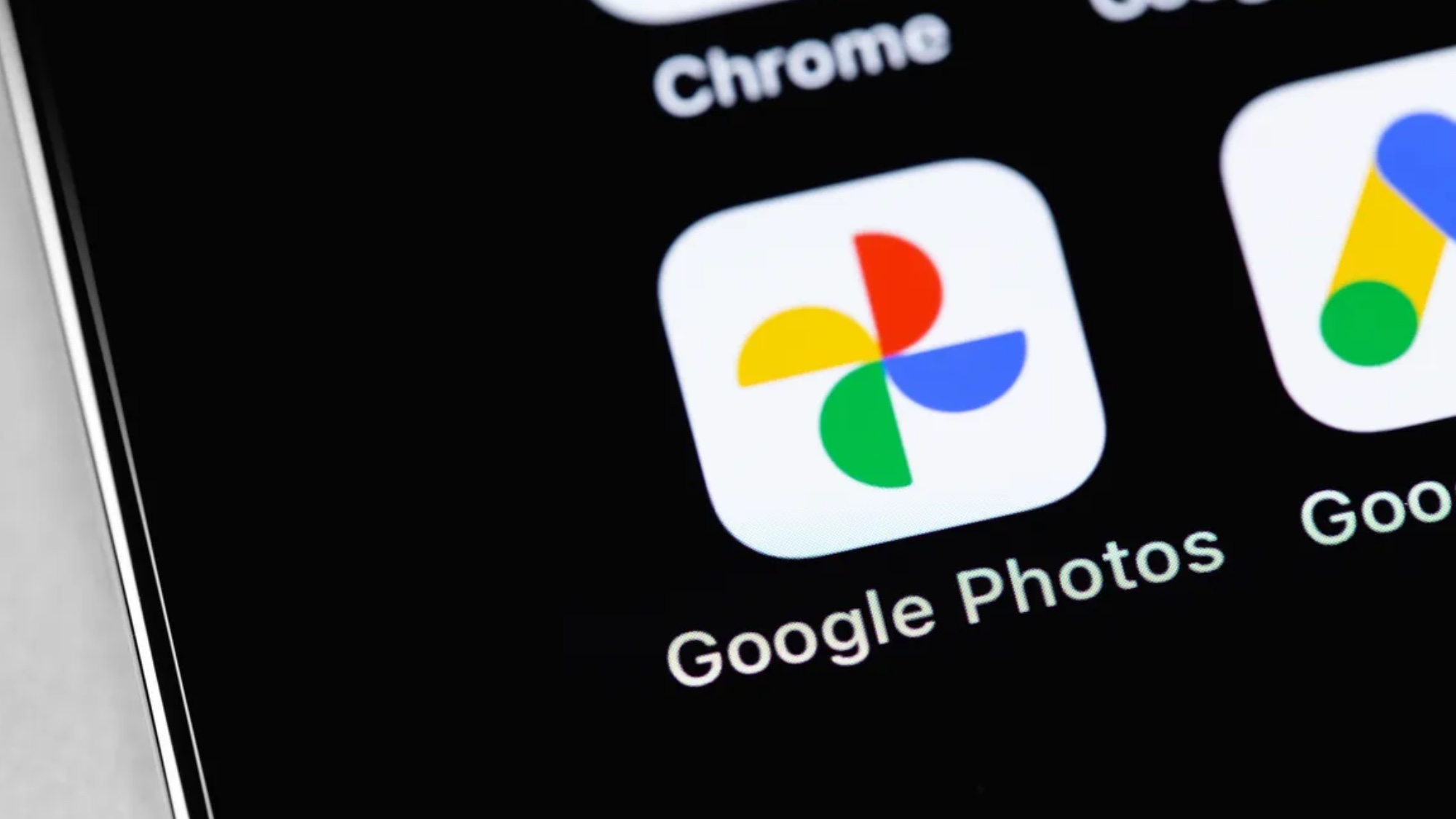Your Tesla may be recording everything you do — what you need to know
Some Tesla models have a camera trained on the passenger cabin

Would you be happy driving a car that recorded everything you did or said?
Tesla’s in-car video monitoring system poses a series of privacy concerns, according to Consumer Reports. A new blog post questions whether Tesla really needs to transmit and retain the driver-facing camera footage in its Model 3 and Model Y cars.
- This amazingly fast EV blows away Tesla Model S — here’s how
- The best electric cars you can buy today
- Plus: Google just made Wi-Fi way better than Bluetooth — here’s how
"Any time video is being recorded, it can be accessed later," Electronic Privacy Information Center lawyer John Davisson told Consumer Reports. "There's always the possibility that insurance companies, police, regulators, and other parties in accidents will be able to obtain that data."
Many carmakers have driver-monitoring systems, often an infrared camera trained on the driver's face, as a safety measure. The car's computers use it to tell when the driver has eyes off the road, and if so, to nudge the driver to pay attention. These are "closed loop" systems in which what happens in the car stays in the car.
Tesla's driver-monitoring system is different. It has a full-color camera trained on the passenger compartment, Consumer Reports said, and the footage clearly shows persons in the car besides the driver. It's primarily used to assess what happens in the seconds and minutes before a crash takes place.
The Tesla cabin camera is turned off by default, and the driver has to choose to enable it.
What is the Tesla camera really being used for?
Last week, The Wall Street Journal reported that the Chinese government had banned military personnel and employees of government agencies and defense contractors from using Teslas, citing the array of cameras on the exterior and interior of the vehicles.
Sign up to get the BEST of Tom's Guide direct to your inbox.
Get instant access to breaking news, the hottest reviews, great deals and helpful tips.
When a driver becomes distracted, the Tesla car does not remind the driver to keep eyes on the road. Instead, the video footage is transmitted back to Tesla headquarters, where engineers may use it to study and refine Tesla's self-driving systems.
That's kind of defeating the purpose of driver-monitoring technology, said Jake Fisher, head of Consumer Reports' auto-testing center.
"If Tesla has the ability to determine if the driver isn't paying attention, it needs to warn the driver in the moment, like other automakers already do," Fisher said.
It appears that Tesla is instead using the footage primarily to advance its eventual goal of creating a fully self-driving car. That car would do everything necessary to steer and maneuver itself, including braking, stopping and parking, while the human in the driver's seat passively watches.
That day is still some years off, but that hasn't stopped Tesla from labeling even incremental advances as "full self driving", or FSD, and letting some customers beta-test new functions.
In a tweet March 12, Tesla CEO Elon Musk said that Tesla had "revoked" FSD beta-test mode from drivers who "did not pay sufficient attention to the road."
FSD Beta has now been expanded to ~2000 owners & we’ve also revoked beta where drivers did not pay sufficient attention to the road. No accidents to date.Next significant release will be in April. Going with pure vision — not even using radar. This is the way to real-world AI.March 12, 2021
Tesla does have a way to detect driver distraction using pressure sensors that can detect if the driver has at least one hand on the steering wheel. But that may not be enough.
"Just because a driver's hands are on the wheel doesn't mean their attention is on the road," said Consumer Reports vehicle tester Kelly Funkhouser.
She suspects Tesla may be recording driver behavior to be able to use it next time a driver using Tesla's Autopilot functions — sort of cruise control plus automatic lane-management and braking features — is involved in a crash that draws media attention.
"Tesla can use video footage to prove that a driver is distracted rather than addressing the reasons why the driver wasn't paying attention in the first place," Funkhouser said.
We're looking at how our readers use VPN for a forthcoming in-depth report. We'd love to hear your thoughts in the survey below. It won't take more than 60 seconds of your time.
Paul Wagenseil is a senior editor at Tom's Guide focused on security and privacy. He has also been a dishwasher, fry cook, long-haul driver, code monkey and video editor. He's been rooting around in the information-security space for more than 15 years at FoxNews.com, SecurityNewsDaily, TechNewsDaily and Tom's Guide, has presented talks at the ShmooCon, DerbyCon and BSides Las Vegas hacker conferences, shown up in random TV news spots and even moderated a panel discussion at the CEDIA home-technology conference. You can follow his rants on Twitter at @snd_wagenseil.

